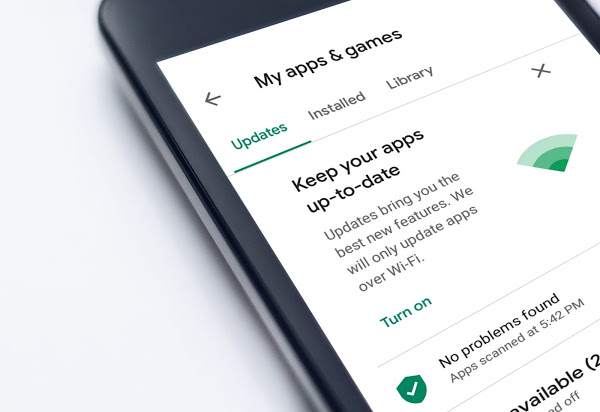Fleeceware apps earned over $400 million on Android and iOS

Researchers at Avast have found an aggregate of 204 fleece ware applications with over a billion downloads and more than $400 million in revenue on the Apple App Store and Google Play Store. The purpose of these applications is to bring clients into a free trial to “test” the application, after which they overcharge them through subscriptions which sometimes run as high as $3,432 each year. These applications have no unique functionality and are only conduits for fleece ware scams. Avast has reported the fleece ware applications to both Apple and Google for audit.
Fleece ware is a recently coined term that alludes to a mobile application that accompanies extreme subscription fees. Most applications incorporate a short free trial to attract the client. The application exploits clients who are inexperienced with how subscriptions work on cell phones, implying that clients can be charged even after they’ve erased the offending application.
The fleece ware applications found comprise predominantly of musical instrument apps, palm readers, image editors, camera filters, fortune tellers, QR code and PDF readers, and ‘slime simulators’. While the applications for the most part satisfy their expected purpose, it is far-fetched that a client would purposely want to pay such a significant recurring fee for these applications, particularly when there are less expensive or even free options available.
It creates the impression that part of the fleece ware strategy is to target more youthful crowds through playful themes and catchy ads on famous social networks with guarantees of ‘free installation’ or ‘free to download’. The information is alarming: with almost a billion downloads and hundreds of millions of dollars in revenue, this model is drawing in more developers and there is proof to recommend a few famous existing applications have updated to incorporate the free trial subscription with high recurring fees.
Regardless of whether a client erases the application after they notice outgoing payments, this doesn’t mean their subscription stops – which permits the developer to cash in further. Google and Apple are not answerable for refunds after a specific time-frame, and keeping in mind that the organizations may decide to refund as a goodwill gesture in some cases however they are not obliged to do so. Along these lines, the lone choices might be to attempt to contact developers directly or to demand a bank chargeback.
If you like the site, please consider joining the telegram channel or supporting us on Patreon using the button below.


